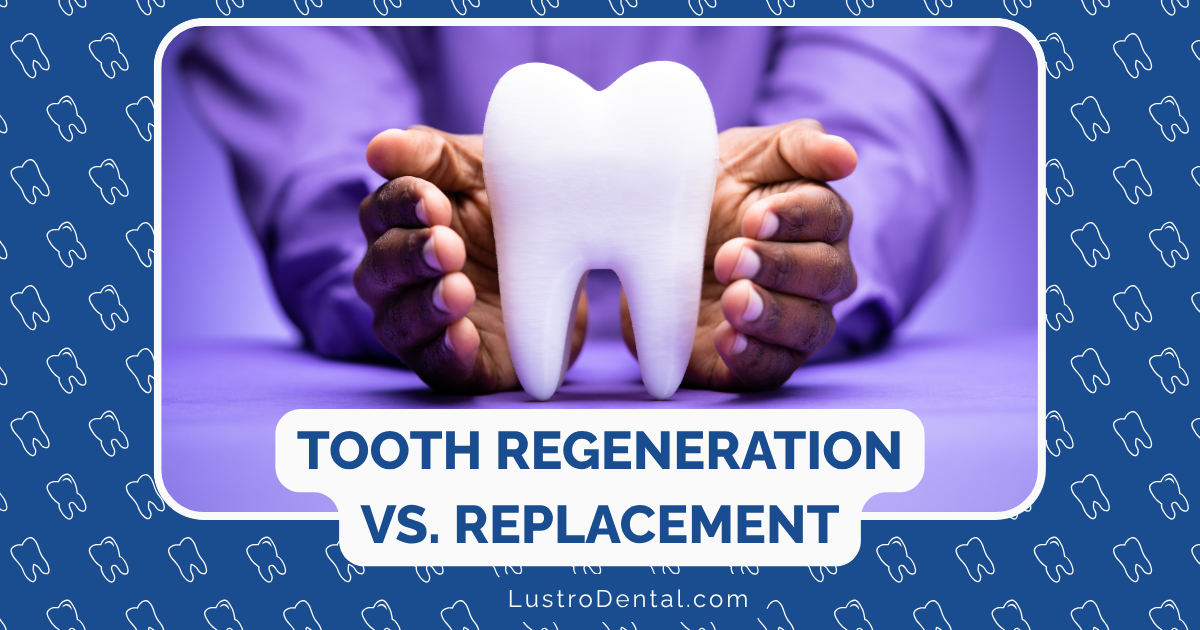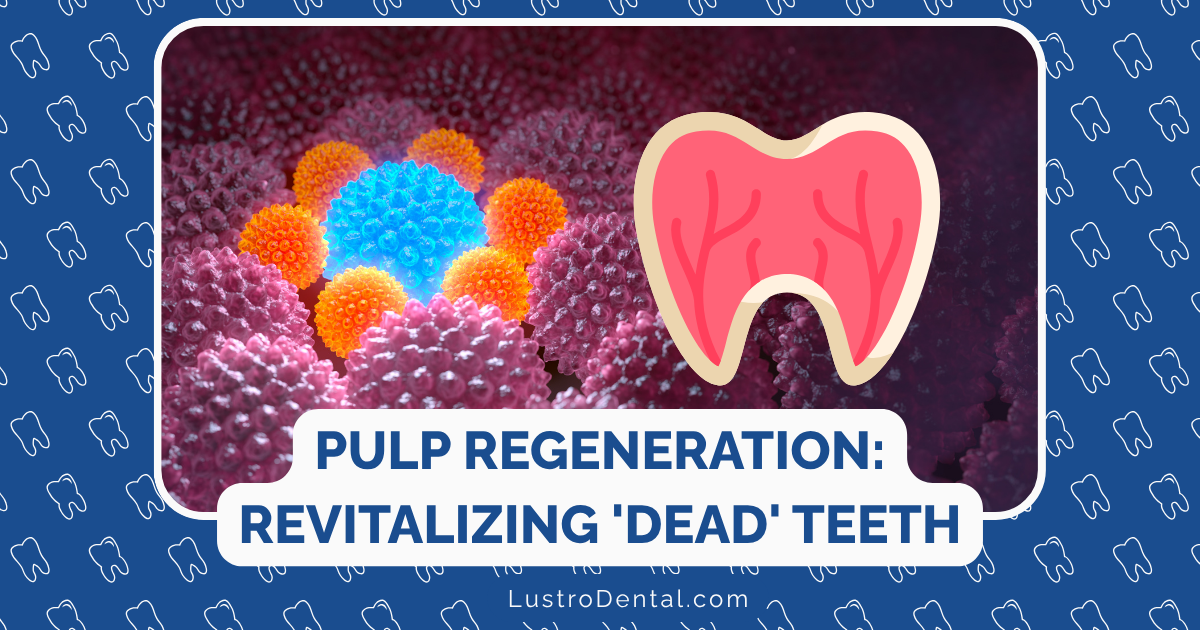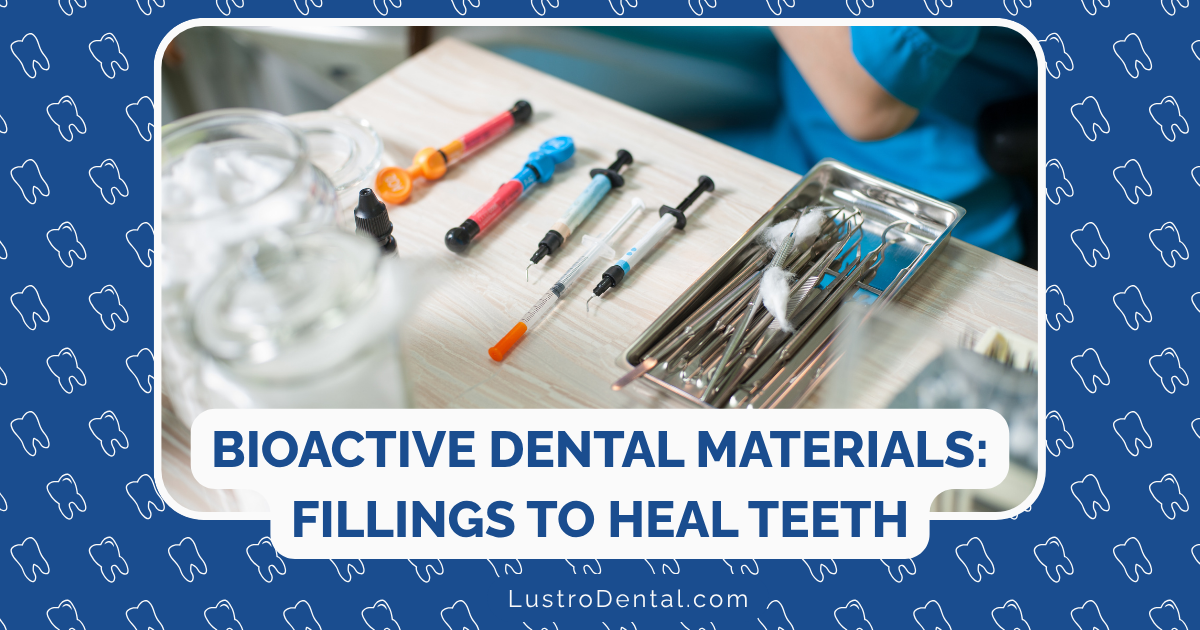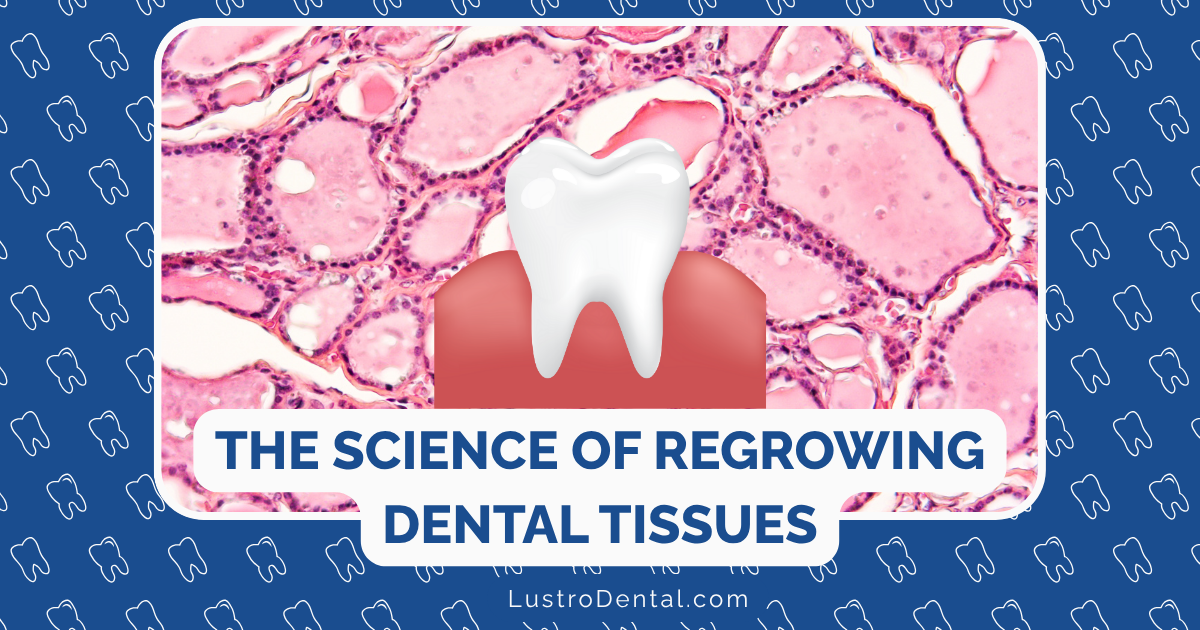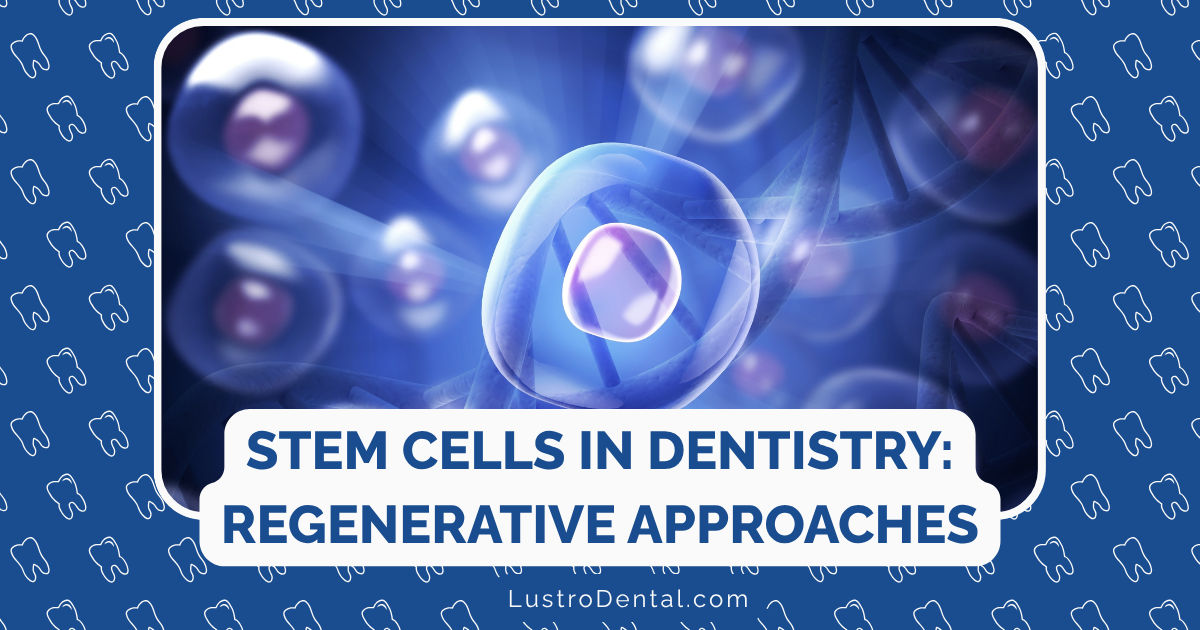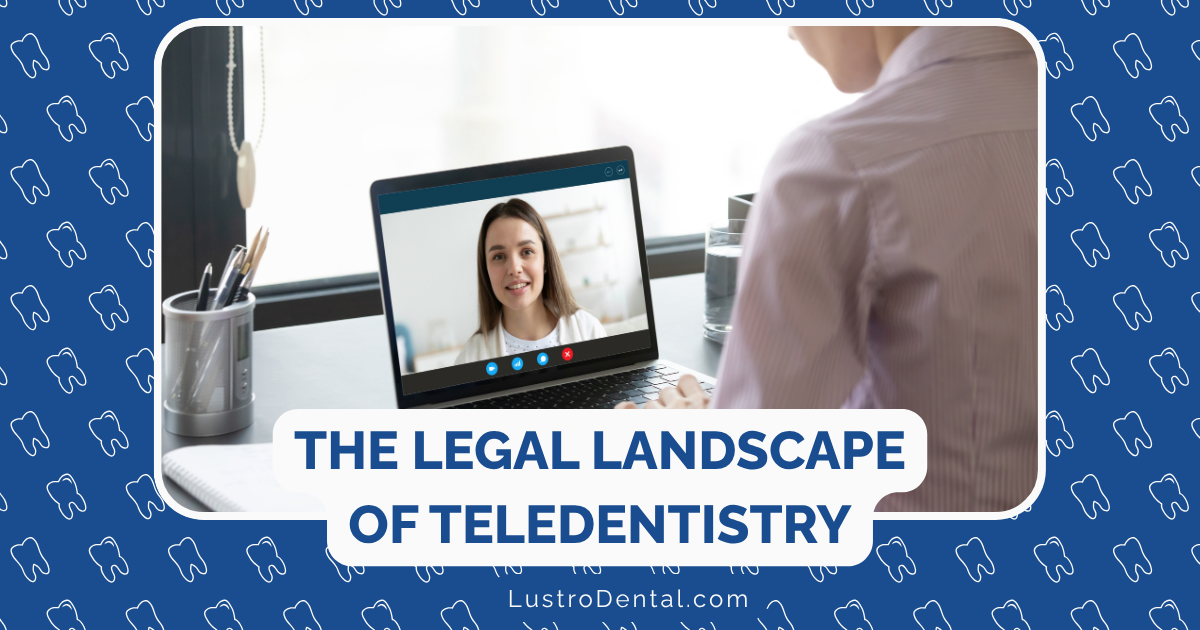No Drill, No Fill: How Lasers Are Treating Cavities Without Traditional Methods
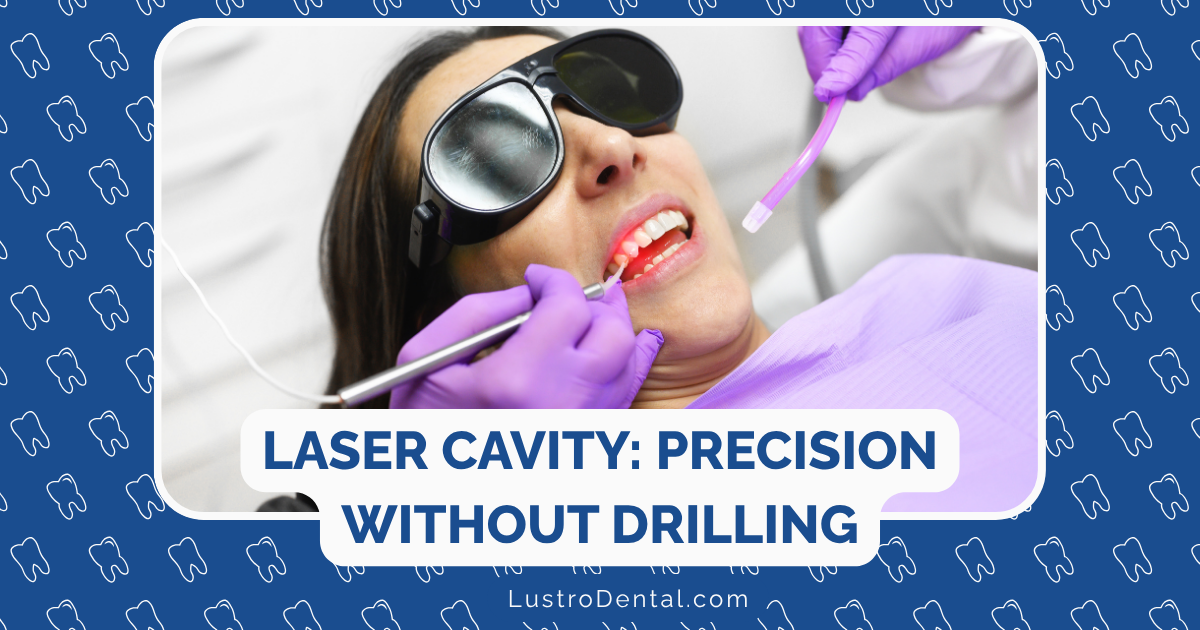
That high-pitched whine. The vibration. The pressure. The smell. For many people, these sensations associated with the dental drill trigger anxiety that keeps them away from necessary dental care. What if there was another way? Thanks to advances in laser dentistry, the dreaded drill may soon become a relic of the past for many cavity treatments.
The Evolution of Cavity Treatment
For over a century, the dental drill has been the primary tool for removing decay from teeth. While modern drills are more efficient than their predecessors, the basic approach hasn’t changed much: mechanically remove decayed tissue, then fill the resulting hole with a restorative material.
This approach works, but it comes with drawbacks:
- Removal of healthy tooth structure along with decay
- Need for anesthesia injections
- Discomfort during and after the procedure
- Anxiety-inducing noise and sensation
- Potential for thermal damage to the pulp
According to the American Dental Association, dental anxiety affects approximately 36% of the population, with 12% suffering from extreme dental fear. Much of this anxiety centers around the drill and needle.
Enter Laser Dentistry: A Gentler Approach
Dental lasers have been in use since the early 1990s, but recent technological advances have made them increasingly effective for treating cavities. Unlike traditional methods, laser dentistry offers a minimally invasive alternative that preserves more of your natural tooth structure.
How Laser Cavity Treatment Works
When a laser is used to treat a cavity, it emits a concentrated beam of light energy that precisely targets and removes decay. Here’s the typical process:
- Detection: Advanced diagnostic tools identify the exact location and extent of decay.
- Preparation: The laser targets the decayed area with pinpoint accuracy.
- Removal: The energy from the laser vaporizes the decay and sterilizes the area.
- Restoration: A biocompatible material is placed to restore the tooth.
Dr. Robert Convissar, a pioneer in laser dentistry and author of “Principles and Practice of Laser Dentistry”, explains: “Lasers allow us to be incredibly conservative in our approach. We can remove just the decay while leaving healthy tooth structure intact.”
The Science Behind the Technology
Different types of lasers are used in dentistry, each with specific wavelengths suited for particular tissues and procedures:
Erbium Lasers (Er:YAG and Er,Cr:YSGG)
These are the primary lasers used for treating hard tissues like teeth. The Journal of the American Dental Association reports that erbium lasers can effectively remove decay with minimal impact on surrounding healthy tissue.
The Er:YAG laser works by energizing water molecules in the tooth, causing micro-explosions that break apart decayed tissue. The Er,Cr:YSGG (often marketed as Waterlase) combines laser energy with a water spray, creating a hydrokinetic effect that cuts through decay while keeping the tooth cool.
Diode Lasers
While not typically used for hard tissue procedures, diode lasers play a supporting role in cavity treatment by addressing soft tissue concerns and providing antimicrobial benefits that can help prevent future decay.
Benefits Beyond Being Drill-Free
The advantages of laser cavity treatment extend far beyond simply avoiding the drill:
1. Minimally Invasive
Research published in the International Journal of Laser Dentistry shows that laser treatment preserves significantly more healthy tooth structure compared to traditional drilling. This conservation of natural tooth material can extend the life of the tooth and reduce the need for more extensive treatments later.
2. Reduced Need for Anesthesia
Perhaps the most appealing aspect for many patients is that laser treatment often requires little to no anesthesia. The laser’s precision minimizes stimulation of nerve endings, making the procedure more comfortable.
A study in the Journal of Pediatric Dentistry found that 80% of children treated with dental lasers required no injected anesthesia.
3. Bacterial Reduction
Lasers don’t just remove decay—they sterilize as they go. According to research from the Journal of Clinical Laser Medicine & Surgery, laser treatment can eliminate up to 99.9% of bacteria in the treatment area, potentially reducing the risk of recurrent decay.
4. Faster Healing and Recovery
Without the trauma caused by drilling, recovery time is typically shorter. Patients report less post-operative sensitivity and discomfort.
5. Reduced Anxiety
For the millions who experience dental anxiety, laser treatment offers a less intimidating alternative. No drill noise, no pressure, and often no needle mean a more relaxed experience.
Who’s a Good Candidate for Laser Cavity Treatment?
While laser dentistry offers impressive benefits, it’s not suitable for every situation. Ideal candidates include:
- Patients with early to moderate decay
- Those with dental anxiety related to drills or needles
- Children who may have difficulty sitting through traditional procedures
- People with small cavities in accessible areas
Limitations exist for:
- Very deep cavities that extend near the pulp
- Teeth with existing large fillings that need replacement
- Areas that are difficult to access with the laser handpiece
The Future of Cavity Treatment
Laser technology continues to evolve, with newer systems offering greater versatility and effectiveness. Some promising developments include:
- Selective photothermolysis: Targeting decay-specific molecules for even more precise treatment
- Combination therapy: Using lasers alongside remineralization techniques to heal early decay
- AI-guided systems: Improving accuracy through artificial intelligence
Dr. Maria Lopez, director of the Center for Dental Innovation, predicts: “Within the next decade, we’ll likely see laser treatment become the standard of care for most routine cavity procedures, with traditional drilling reserved for specific cases where lasers aren’t optimal.”
Finding a Laser Dentist
If you’re interested in laser cavity treatment, here’s how to find a qualified provider:
- Check with the Academy of Laser Dentistry for certified practitioners in your area
- Ask about the specific laser systems used and their applications
- Inquire about the dentist’s training and experience with laser procedures
- Verify that your insurance covers laser treatment (coverage varies by provider)
Conclusion: A Brighter Future for Dental Care
The shift toward laser dentistry represents more than just technological advancement—it’s a fundamental change in how we approach oral health care. By making treatment more comfortable and less invasive, lasers are helping to overcome one of the biggest barriers to dental care: fear.
As this technology becomes more widespread, we may finally see a future where the phrase “I need to get a cavity filled” no longer strikes dread in the hearts of patients. And that’s something worth smiling about.
Have you experienced laser dentistry for cavity treatment? Share your experience in the comments below!


